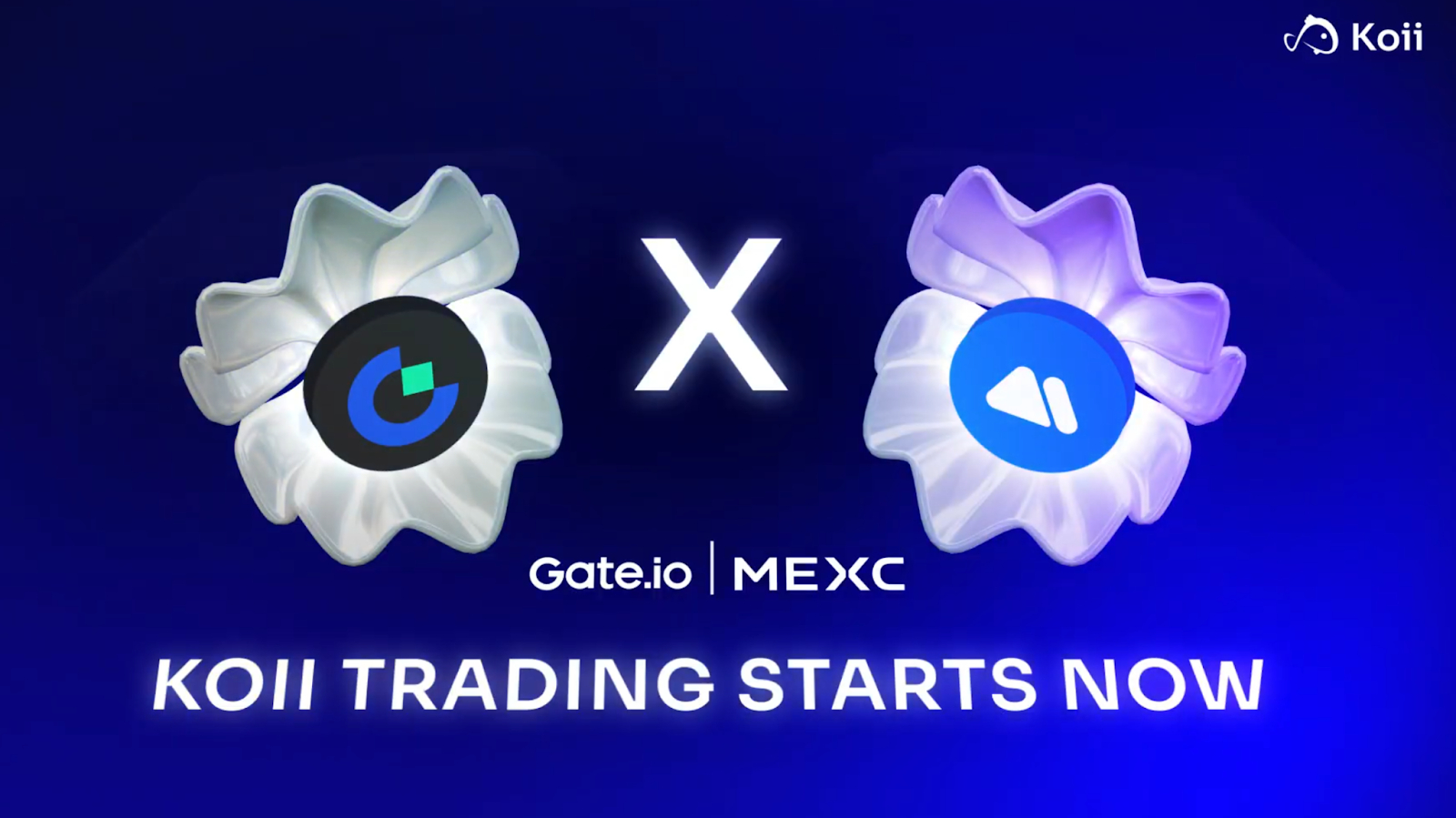ARTICLE AD
Different strategies include the usage of Renzo, Lido, EtherFi, and Mantle liquid staking features to get improve effectiveness.
EigenLayer’s new ‘restaking’ window opens today at 8 pm (UTC), and users will be able to restake their Ethers (ETH) until Friday at the same time. In anticipation of the event, users on X are sharing strategies to make the most of their ETH holdings, earning yields and qualifying for airdrops.
The user who goes by Blur on X published its strategies on Feb. 1. The first alternative is using liquid staking platform Swell to get their liquid staking token (LST), the swETH, and use it on EigenLayer. Through this step, users will get a chance to qualify for Swell’s native token airdrop, while still participating in possible airdrops that consider restaking tokens on EigenLayer as an eligibility criterion.
Restaking, as the name suggests, consists of staking a token for the second time. This is possible through liquid staking methods, which give a proxy token to the users and can then be used in a restaking protocol, such as EigenLayer.
Using Renzo as the platform for liquid staking is also a viable alternative, according to Blur, to getting the ezETH liquid staking token. Differently from swETH, ezETH already gives EigenLayer restaking points to users, and the token can be used on platforms like Pendle to generate additional yield.
KelpDAO’s liquid staking features, combined with Stader’s, were also mentioned by Blur. Users can stake their ETH on Stader to get ETHx, and then deposit the LST in KelpDAO to receive rsETH and EigenLayer points. Additionally, users can get Kelp Miles, which are the points that will potentially be used to distribute Kelp’s native token through an airdrop.
The last possible strategy pointed out by Blur is using EtherFi’s liquid staking to get eETH, which gives access to EigenLayer points natively. EtherFi’s LST can then be allocated on different yield platforms, such as Eigenpie or Pendle.
However, it is important to note that Pendle gives different options to generate yield through LST. The fixed yield option, although less risky, leaves users with no rights to EigenLayer points. Consequently, if users stake their eETH in Pendle’s fixed yield pool, they will lose their restaking points.
Matheus Guelfi, the co-founder of the Brazilian research collective Modular Crypto, also took to X to share his strategies to maximize effectiveness using EigenLayer’s restaking. The first one is using Swell to get their rswETH token that, differently from swETH, has EigenLayer points natively. The rswETH can then be used as liquidity on a pool with ETH on liquidity protocol Maverick.
Puffer Finance is another protocol within the restaking ecosystem highlighted by Guelfi. Recently, they rapidly reached over $360 million in total value locked. The only downside of this platform is limiting the usage of LST to just stETH, Lido’s liquid staking token.
Mantle’s liquid staking feature, which generates the LST mETH, is also mentioned by Modular Crypto’s co-founder. The LST can then be allocated to yield protocols with no tokens yet, such as INIT Capital and Gravita Protocol. On top of participating in EigenLayer’s restaking round, this strategy also qualifies users for a potential airdrop on both yield platforms.
The information on or accessed through this website is obtained from independent sources we believe to be accurate and reliable, but Decentral Media, Inc. makes no representation or warranty as to the timeliness, completeness, or accuracy of any information on or accessed through this website. Decentral Media, Inc. is not an investment advisor. We do not give personalized investment advice or other financial advice. The information on this website is subject to change without notice. Some or all of the information on this website may become outdated, or it may be or become incomplete or inaccurate. We may, but are not obligated to, update any outdated, incomplete, or inaccurate information.
You should never make an investment decision on an ICO, IEO, or other investment based on the information on this website, and you should never interpret or otherwise rely on any of the information on this website as investment advice. We strongly recommend that you consult a licensed investment advisor or other qualified financial professional if you are seeking investment advice on an ICO, IEO, or other investment. We do not accept compensation in any form for analyzing or reporting on any ICO, IEO, cryptocurrency, currency, tokenized sales, securities, or commodities.

 11 months ago
52
11 months ago
52 

